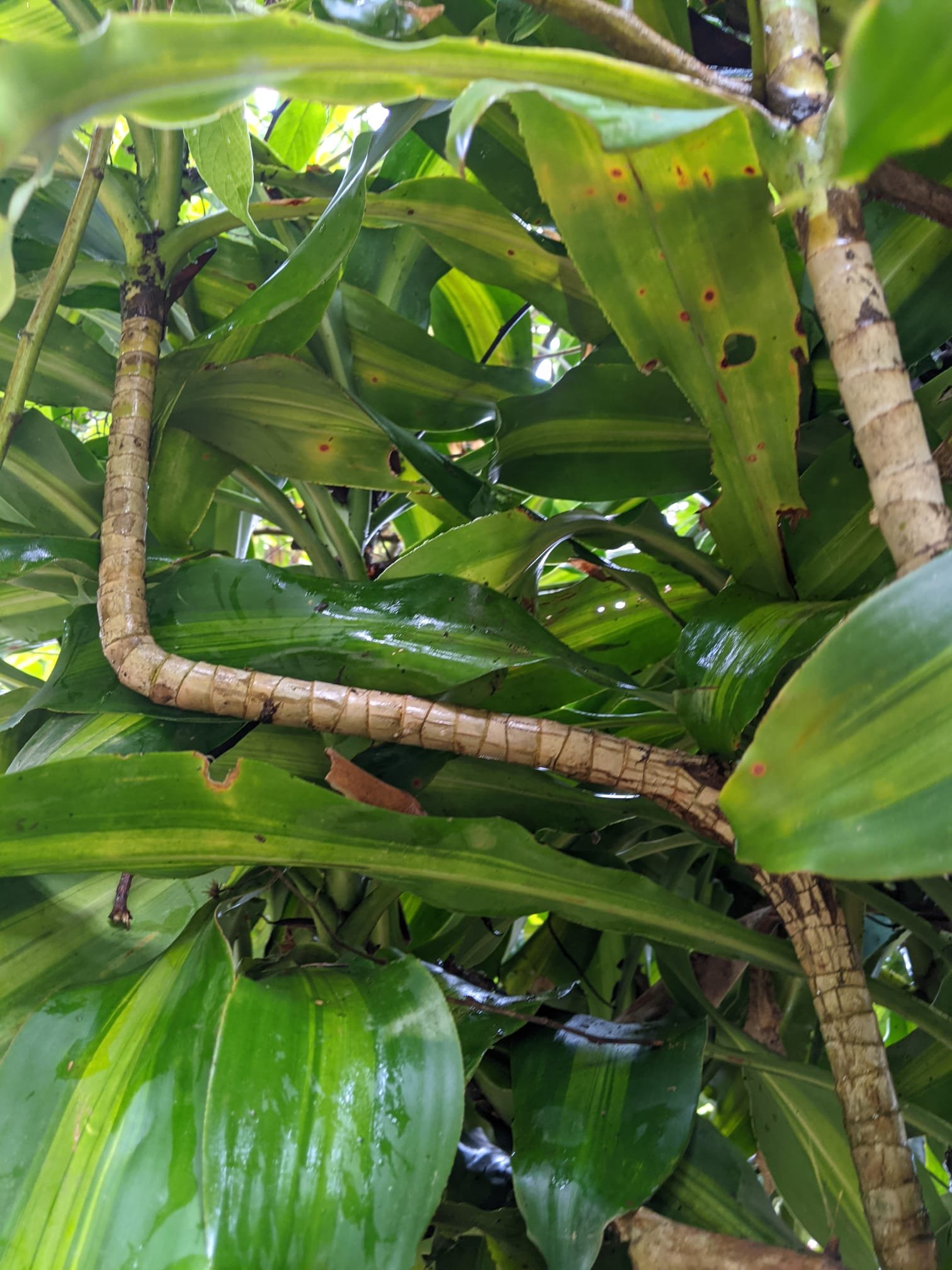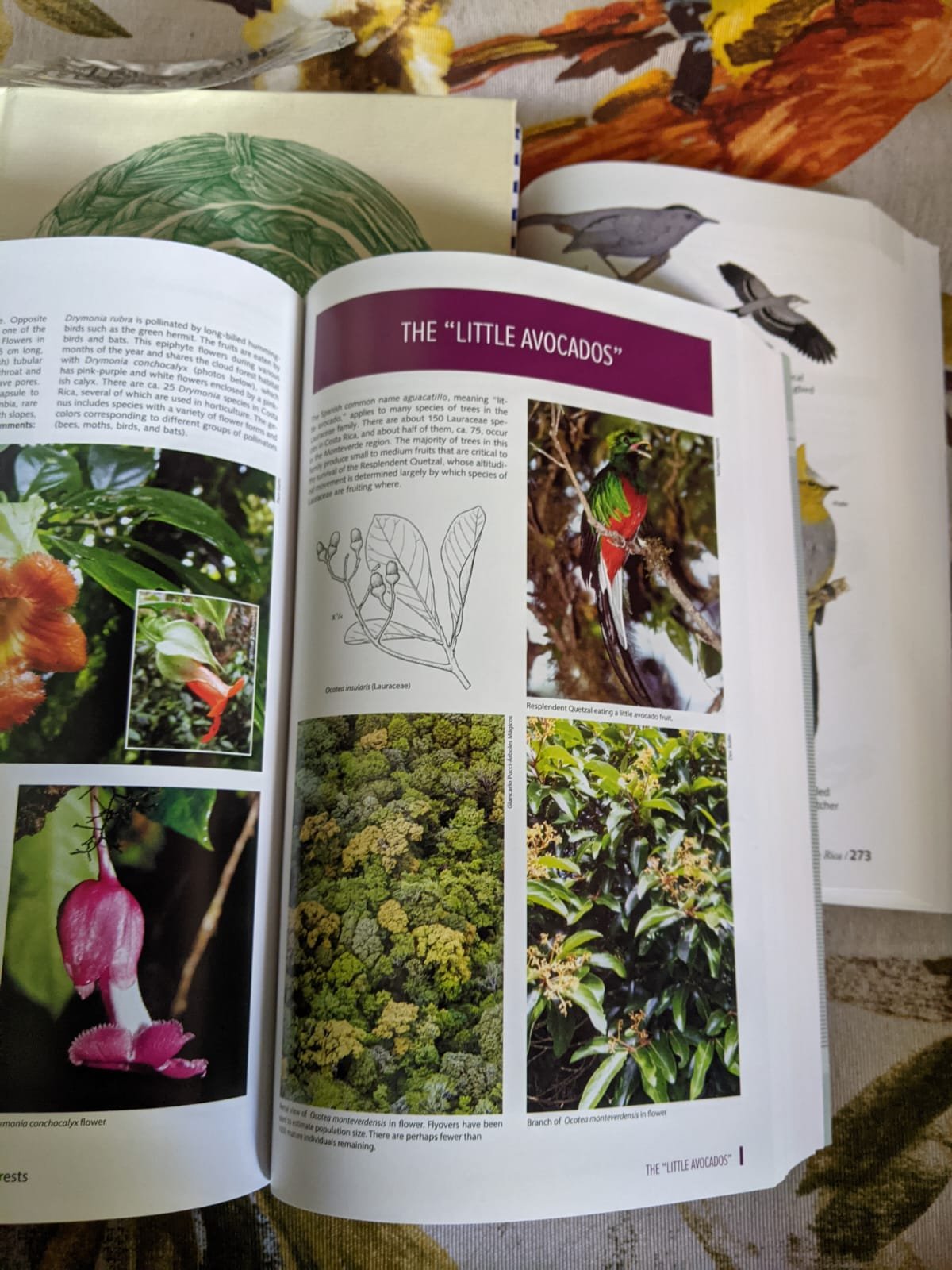Messing about in the garden
The Water Rat declares in the perfect sentence from Wind in the Willows:
"Believe me, my young friend, there is nothing—absolute nothing—half so much worth doing as simply messing about in boats.”
Well then, messing around in the garden is almost as half as good as messing around in boats.
Today I came around to at least five new thoughts (new to me). These thoughts are not as profoundly relational as the techniques of pruning a tree, but they helped me enjoy my work on another level and pull that knowledge back into some special pocket of plant-kingdom wisdom.
1. The power of TLC.
Earlier this year I watched my friend Tara – who is part human-part plant I am sure of it – hold, wipe, and then clip the edge of a drying leaf from an orchid in a particularly pretty way, prop it up to show off its flower, gently gave it a special food. You can imagine the way the plant responded. This is a woman who does not waste time but who knows the power of a little extra TLC, a thoughtful touch, a way to promote the natural beauty of a thing.
2. Passive stimulus is rich space.
Plants are social. Roots are meant to entangle a bit, use the same soil. I try to place pistachio shells, beach sand, sea shells, stuff with good microbe action, and other compatible plants in any indoor pot, because everything should have a little passive stimulus. Like the sound of rain or waves, or the movement of fire. A constant low pulse. Not a task or an obligation, just easy interaction. (As I write this, my easy interaction is thundering on the roof and has taken out the internet. Welcome to the wet season in Monteverde.)
3. One really good move.
This is a word they use in meditation, what is “the move,” to mean the even the smallest adjustment to try out while in your practice. It also means romance! As in making a move, asking someone out. It could mean a change in direction, without that new direction being a particular goal either, just not going the same way as before. I like this one good move. In my hedge I saw a main trunk make a perfect right angle turn and then another turn at perfect right angle. I was proud of the the move this guy made. It should be proud of itself.
4. You cannot un-douchebag someone without power.
Yes, this thought is a little different, and it came from musing about less than great interactions yesterday. My usual first thought is patience, especially professionally. Wait it out. Ignore the bad and create space for the good, it will shift. Patience is the talent of the gardener, allowing something to grow on its own, creating space knowing it will grow, knowing it will become something it is meant to be, but giving it time. But as I worked the hedge, I thought – patience is the wrong tool. I cannot create the space. I have no power, no authority. Waiting it out is just stirring the pot, or worse, a cocoon that I languish in alone.
5. Discovery of small miracles.
Gardens are loaded, soil to canopy, with small glories. Clearing out the hedge of dead leaves and strangling vines, I find one and greet it, hello mi pequeñito! It could be a weird bug, but today I cannot help but snap photos of the treasures discovered: epiphytes, growing in the ridged bark of the trees. As though they posed for me, they appear so gorgeous and luxurious. Down at my level they are still early, new leafed.
The guy who agreed to help with the gardening, Miguel, told me that we have a tree in that hedge that fruits small avocados, making it a star attraction for special birds like toucans and quetzals.
Avocado is aguacate, and these trees are called aquacatillos. There is an entire section of my Tropical Plants of Costa Rica book dedicated to “The Little Avocados” and their ecological importance.
The author of this book lives in Monteverde. I hear she is building a native plant sanctuary up at the Creativa (Alice’s school) and hope to be a helping hand on the project and learn from her.
I hadn’t put my eye up that high, as its canopy extends far above the green-mania of the hedge, but now I will keep close watch and report back.
Zuchowski, Willow. Tropical Plants of Costa Rica, A Guide to Native and Exotic Flora. Second Edition, 2022. Zona Tropical/Cornell Press.




